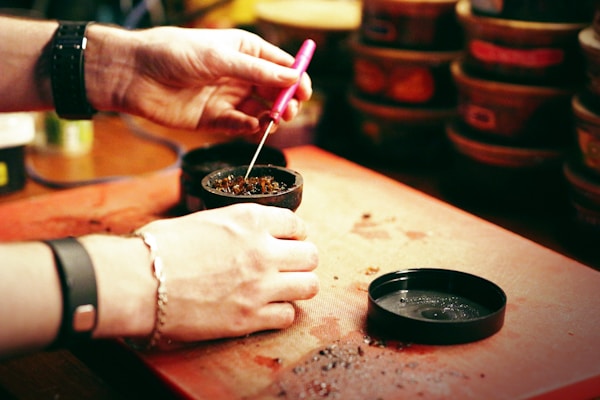When we speak of communal and leisurely experiences in certain cultures, it’s impossible to overlook the traditional practice of smoking a hookah. The hookah, also known as a shisha, water pipe, narghile, or hubble-bubble, has deep historical roots and cultural significance in various regions across the globe. Its contemporary appeal has even led to a boom in modern markets, where one can easily get a hookah from the online store, Hookah-Shisha, a testament to its growing popularity.
The Ancient Origins of Hookah

The history of hookah is a complex tapestry, woven with intriguing narratives and connections to past societies. Scholars posit that the origins of the hookah lie nestled in the vibrant history of the Indian subcontinent, particularly during the reign ofthe expansive Mughal Empire in the 15th century. The first hookahs were simple, rudimentary versions of the elaborate and intricate designs we are familiar with today. Initially, they were crafted from local materials like coconut shells and a tube and were primarily used for smoking opium and hashish.
However, as the Mughal Empire expanded its influence, so too did the presence of the hookah, reaching the arid lands of the Middle East, where it was quickly adopted into the fabric of the societies in this region. Here, the hookah underwent significant refinements, with skilled craftsmen replacing the coconut shells with intricate glass bases and incorporating ornate decorations that reflected the aesthetics of the local cultures.
Cultural Significance and Evolution
In the Middle East and North Africa, the hookah holds a unique position within social settings. Not merely a device for smoking, the hookah is a conduit for social interaction and discourse. In traditional coffee houses serving coffee, referred to as qahwa at the time, people would gather around a hookah to discuss politics, business, and life while enjoying a leisurely smoke. This sociocultural practice is a cornerstone of the communal life in these regions, fostering an environment for intellectual engagement and camaraderie.
Over the centuries, the practice of smoking hookah spread to other parts of the world. Europe encountered hookah in the 19th century, mainly due to the accounts of travelers and diplomats stationed in the Ottoman Empire. It was seen as exotic, and many Europeans adopted it as a fashionable pastime, influencing the creation of “oriental” smoking rooms in the homes of the wealthy.
Modern-Day Hookah Culture

Fast forward to the present, and hookah culture has taken on a new global dimension, transforming from an exotic curiosity to an integral part of modern urban life. Today, hookah bars and cafes are a common sight in cities worldwide, from the bustling streets of Istanbul to the cosmopolitan sprawl of New York, serving as popular hangout spots for young adults. Hookah is often enjoyed with a variety of flavored tobaccos, including enticing flavors like apple, mint, cherry, chocolate, and coconut. These flavors are expertly crafted to provide a more pleasant and enjoyable smoking experience, making the hookah an appealing option for social smokers.
Additionally, the rise of the internet has revolutionized the accessibility of hookahs, democratizing the availability of this traditional device. It has become increasingly easy to purchase hookahs and related products from online retailers like Hookah-Shisha. This has allowed the global hookah culture to flourish, with enthusiasts from various corners of the world partaking in this age-old tradition, transcending geographical and cultural boundaries
The hookah’s journey, from its humble beginnings in the Mughal Empire to its modern-day global popularity, tells a captivating story of cultural diffusion and adaptation. It serves as a reminder of our ability to take aspects of different cultures and make them part of our own, enriching our global tapestry. As it stands, the future of hookah seems assured, with its popularity showing no signs of slowing down.
